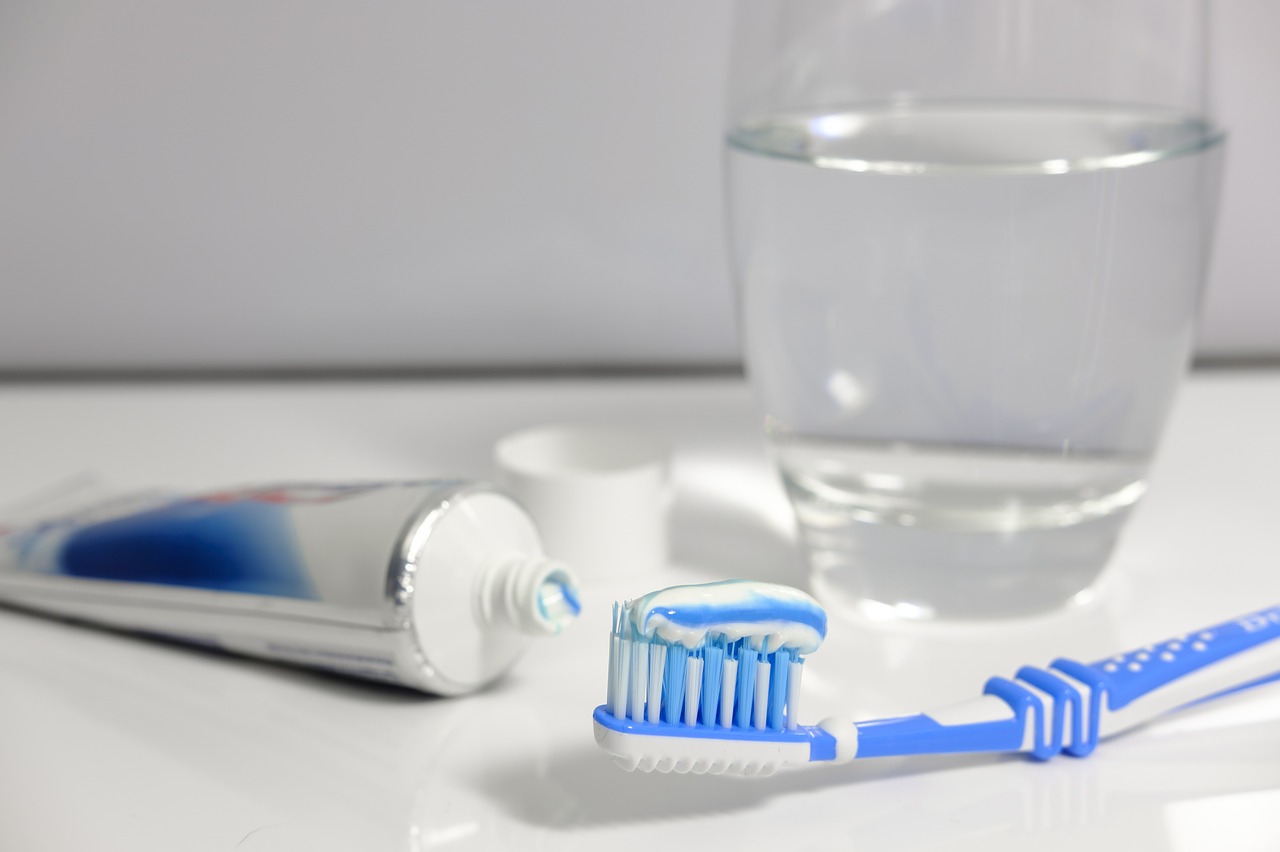From the Australian Dental Association:
The increasing prevalence of tooth decay and gum disease among Australian adults are disturbing new trends in the nation’s oral health.
Australians adults* are keeping their teeth for longer – but one in three of us is walking around with untreated tooth decay, while one in four has periodontal disease with gaping periodontal pockets 4mm or deeper.
These are the alarming statistics reported in the Adult Oral Health Tracker (‘the Tracker’) progress report, released for 2020 World Oral Health Day this Friday, March 20.
The Tracker sets targets for a reduction in the prevalence of these conditions as well as 12 other risk factors. It is a product of the Australian Dental Association (ADA) in collaboration with the Australian Health Policy Collaboration (AHPC).
“The Oral Health Tracker 2020 is a progress report that provides an update on how Australian adults’ oral health is tracking compared to the previous results in 2018 and compared to the targets for 2025,” said the ADA’s Oral Health Advisor Dr Mikaela Chinotti.
“The results are in, and for gum disease and tooth decay, they’re not good.
“These conditions are largely preventable, yet they’ve increased in prevalence and we continue to get further away from our goal of improving Australia’s overall oral health.”
The findings include:
– The number of adults with untreated and potentially painful tooth decay has increased sizeably from a quarter of adults to around a third of adults (25.5% to 32.1%);
– Adults with periodontal pockets (≥4mm) which can lead to tooth loss, shot up from 19.8% to 28.8%;
– Adults reporting toothache in the last 12 months went up by one quarter, from 16.2% in 2018 to 20.2% in 2020;
– 48.8% of adults surveyed had visited a dentist for a checkup within the last 12 months, a drop of 6.7% since the first Tracker;
– Only 53% of us are brushing twice a day, a minor 2% improvement on 2018;
– Australians are keeping their teeth for longer, with the number of adults with fewer than 21 teeth dropping from 15.5% to 10.2%; and
– Rates of adult oral cancers have remained almost static at 10.3 people per 100,000.
“We’ve reached our set target for the number of adults with fewer than 21 teeth. This shows that Australians are keeping their teeth for longer.
“But at the same time we’re seeing more disease. For tooth decay and gum disease we need to be targeting the causes – like poor oral hygiene and free sugar consumption.
“For many Australians, free sugar consumption is still well above the WHO’s recommended 6 teaspoons (24 grams) a day limit and this is affecting quality of life by causing tooth decay.
“Not only do individual behaviours need to change, but so too do government policies affecting oral health,” Dr Chinotti added. “An example of this is the introduction of a levy on sugarsweetened beverages which the ADA would like to see.”
Throughout 2020 the ADA is executing a number of strategies to improve the nation’s oral health by putting a spotlight on sugar.
Strategies include lobbying the government to create a levy on sugar-sweetened beverages, educating people about the harm sugar does to teeth, how consumers can better interpret food labels and understand where hidden sugars lurk, as well as recommendations for low sugar food options for shoppers.
For World Oral Health Day 2020, the ADA is asking people to #uniteformouthhealth by making a pledge on how they will step up to better care for their oral health.
“Australians are asked to pledge, starting this year, how they will take that first step in making their oral health a priority. This could include visiting the dentist, becoming sugar savvy by understanding ways to reduce their free sugar intake or making a concious effort to brush using fluoride toothpaste twice a day in a bid to reverse the negative trends identified in the 2020 Oral Health Tracker,” said Dr Chinotti.




